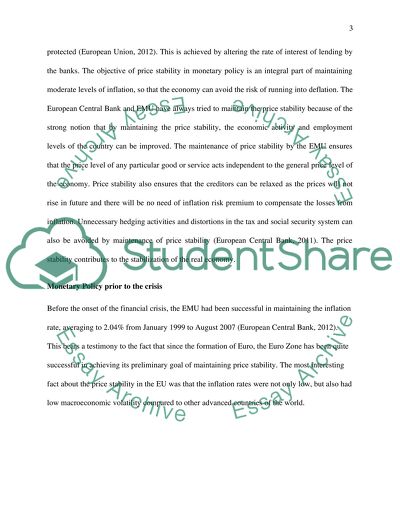Cite this document
(“Monetary policy in EMU (European monetary Union) Essay”, n.d.)
Retrieved from https://studentshare.org/macro-microeconomics/1498596-monetary-policy-in-emu-european-monetary-union
Retrieved from https://studentshare.org/macro-microeconomics/1498596-monetary-policy-in-emu-european-monetary-union
(Monetary Policy in EMU (European Monetary Union) Essay)
https://studentshare.org/macro-microeconomics/1498596-monetary-policy-in-emu-european-monetary-union.
https://studentshare.org/macro-microeconomics/1498596-monetary-policy-in-emu-european-monetary-union.
“Monetary Policy in EMU (European Monetary Union) Essay”, n.d. https://studentshare.org/macro-microeconomics/1498596-monetary-policy-in-emu-european-monetary-union.


